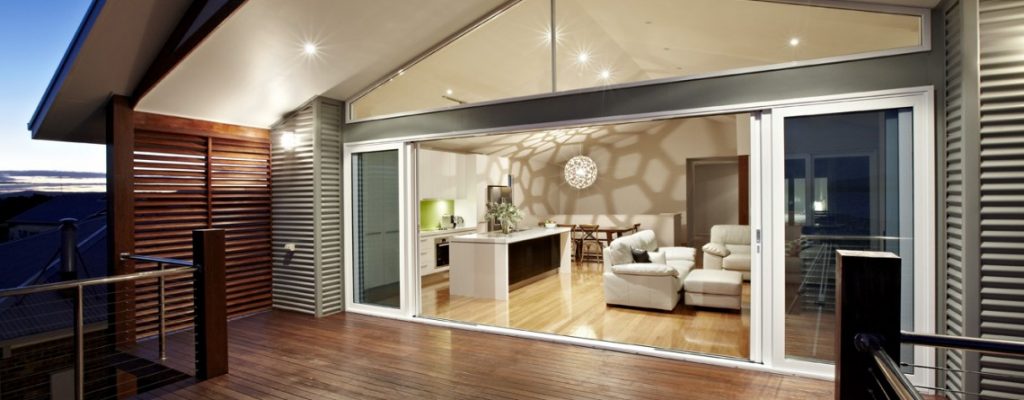
Fly screens for doors and windows keep out unwanted flying insects such as mosquitoes, midges and moths, even at night when your lights are on. They let the fresh air in and do not block out natural sunlight or reduce visibility.
Fit insect screens in your home, office, caravan, tent, boat, greenhouse, car, gazebo, children’s playhouse or anything else that needs protection from nuisance insects. Screens are often used for commercial purposes in restaurants and kitchen areas to comply with health and safety regulations.
Insect Screen Mesh
Fly screens are made with tightly woven mesh material that flying insects are unable to squeeze through. You can buy grey, black, white or charcoal-coloured mesh by the roll and by the metre. Use it to make your own insect screens or to repair damage. Different types of insect mesh are available for different purposes.
Popular types of insect screen mesh include:
- Standard
fibreglass mesh – Standardfibreglass mesh is the most widely used mesh and is appropriate for most insect screening needs. It is easy to cut, pliable and waterproof. Standardfibreglass mesh has a mesh count of 18 x 16 threads per square inch. - Midge mesh – Midge mesh is also made from easy-to-work-with
fibreglass material. It is a morespecialised type of mesh with a tighter weave, which keeps out the tiniest of insects such as midges and thunder flies. Midge mesh may be more appropriate than standard mesh in places such as Scotland, which is renowned for its high midge populations. Midge mesh has a higher mesh count of around 20 x 20 threads per square inch. Stainless steel mesh – Stainless steel mesh is more robust and durable than standard insect mesh and is a good choice for commercial and industrial environments, or where pets are present. Stainless steel mesh has a mesh count of 18 x 14 threads per square inch.
Types of Fly Screens
Fly screens are made for all types of doors and windows, fitting directly to window and door frames or inside wall reveals. Take your measurements and a professional supplier will make what you need according to your specifications. Alternatively, DIY kits provide everything you need to assemble and install your own insect screens.
Different types of fly screens include:
- Retractable – a retractable, or roller fly screen works just like a roller blind. Insect mesh rolls up inside a spring-loaded cassette holder and pulls across horizontally or vertically to protect the door or window opening. It retracts into its storage cassette when not in use and has the advantage of completely disappearing for extended periods of non-use.
- Hinged – a hinged fly screen consists of insect mesh fitted inside an
aluminium frame. The frame attaches to the window or door frame with hinges and fastens closed with turn buttons. Just like normal doors, hinged door fly screens are easy to open and walk through and are made forstandard front and back doors as well as double opening hinged entry doors (French doors). For windows, hinges can be at the top or down the side of the window frame. - Sliding – a sliding fly screen sits inside an
aluminium frame that slides across upper and lower tracks fitted to the window or door frame. Sliding fly screens are ideal for patio doors and double sliding fly screens are available for double doors. For double or larger windows, multiple sliding insect screens can be fitted to ensure the entire window area is completely protected. - Curtain – a fly screen curtain is made from hanging mesh panels suspended from a bar attached to the top of the doorway. Weights are sewn into the bottom of the mesh panels to hold the curtain in place. Mesh curtains allow people and pets to easily walk through and are ideal for doorways where a conventional screen door is unsuitable. They are usually a cheaper option than fitted door fly screens
. - Magnetic – a magnetic fly screen has magnets attached to each of its four corners, allowing it to be secured easily to a window frame. This type of screen is easy to lift off when not in use during the winter months.
- Velcro – a Velcro fly screen is made from flexible insect mesh secured with Velcro self-adhesive hook tape that easily peels back and reattaches. Velcro is ideal for
awkward shaped windows in tents, caravansand boats andare very easy to install. - Plastic – a plastic fly screen consists of durable, wipe-clean plastic strips suspended from a rail at the top of the doorframe, and are popular in kitchens during the summer months. Easy for people and pets to walk through, they are inexpensive and available in a variety of
colours for standard doors. - Metal Chain Curtain – a metal chain curtain is made from a row of durable, rustproof
aluminium links suspended to a rail or bracket at top of the doorway. Suitable for internal and external doorways, metal chain curtains are used for domestic and commercial purposes. Metal chain curtains are approved by Environmental Health Officers and often used in commercial environments to comply with Environmental Health pest control regulations. They are ideal for hot kitchens, pubs, restaurants, bars, cafes, sandwich shops and other premises that sell food. - Beaded – similar to metal chain curtains, beaded fly screens give doors and windows protection against flying insects and also make decorative room dividers.
- PVC – PVC fly screens are ideal for large doorways in warehouses, factories
and food preparation premises. They enable food businesses to comply with health and safety regulations, and heavy-duty PVC can tolerate forklifts and other means of industrial transportation passing through.

